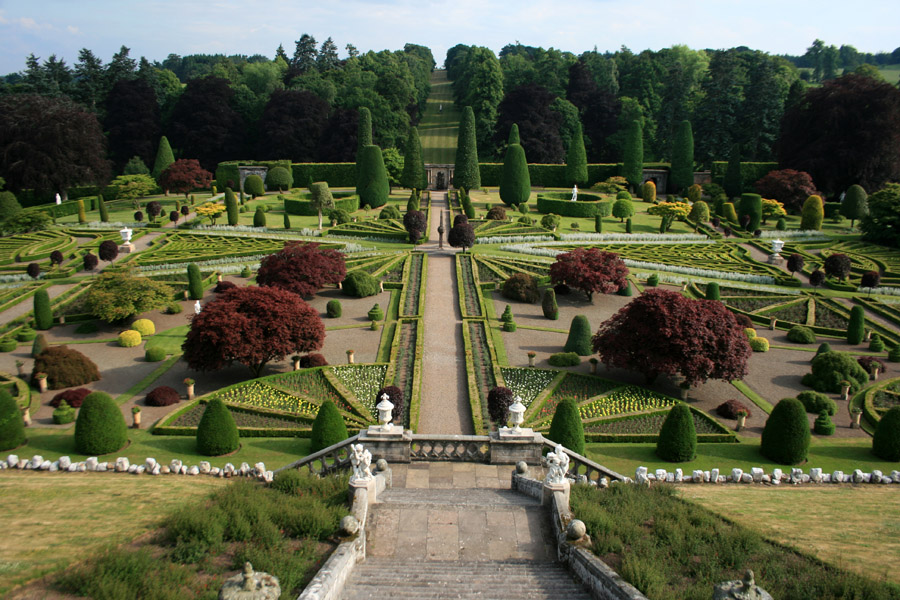Just as important to the way Arts & Crafts gardens took their form was the paintings of those like Turner and Monet. It was especially the impressionism and natural subjects of the paintings of Monet that gave inspiration to the "painterly" qualities of the gardens. The partnership of Jekyll and Lutyens allowed for a synthesis of the house and gardens. One flowed into another. Already, this gave the house a more natural feeling than those of industrialization. Jekyll trained as an artist herself, and applied painterly colour theory to the design of the garden. She scrupulously arranged the flowers and plants of the garden in a way that really did give it the painterly quality of a Monet painting, creating such dazzling perennial borders that the majesty of the gardens is hard to beat. They were not just geometrically designed in a way that was pleasing, but were filled with fountains and arches and courtyards all perfectly lined with the correct arrangement of plants. It made the garden a more than appealing retreat from industrialization and a compelling argument for the importance of nature, perhaps now more than ever.
Jekyll's Munstead home shows the return to simpler and more traditional values
The display of eloquent perennial borders that characterized the painterly gardens
Here is the design for the borders, showing that this was no easy task. Painstaking effort leading to seamless execution and aesthetic pleasure













.jpg)


